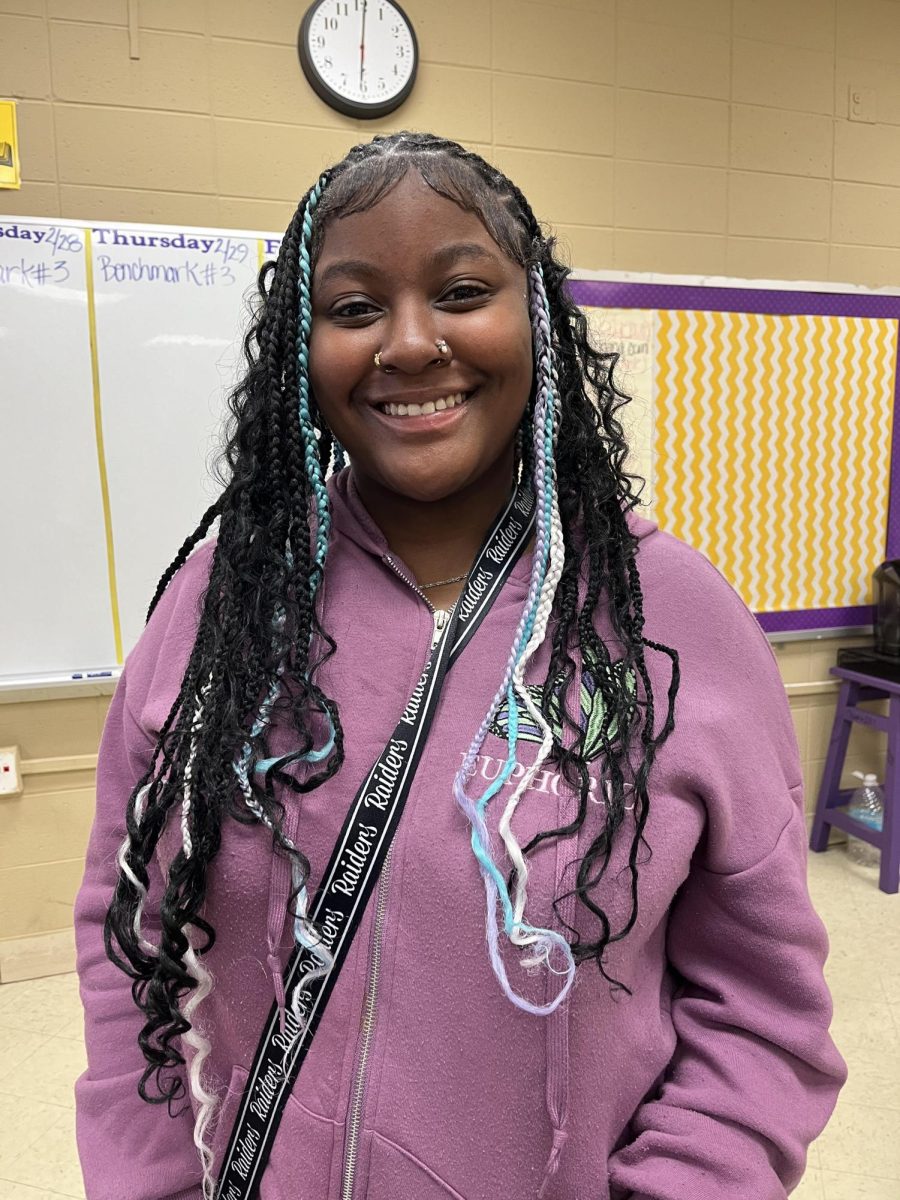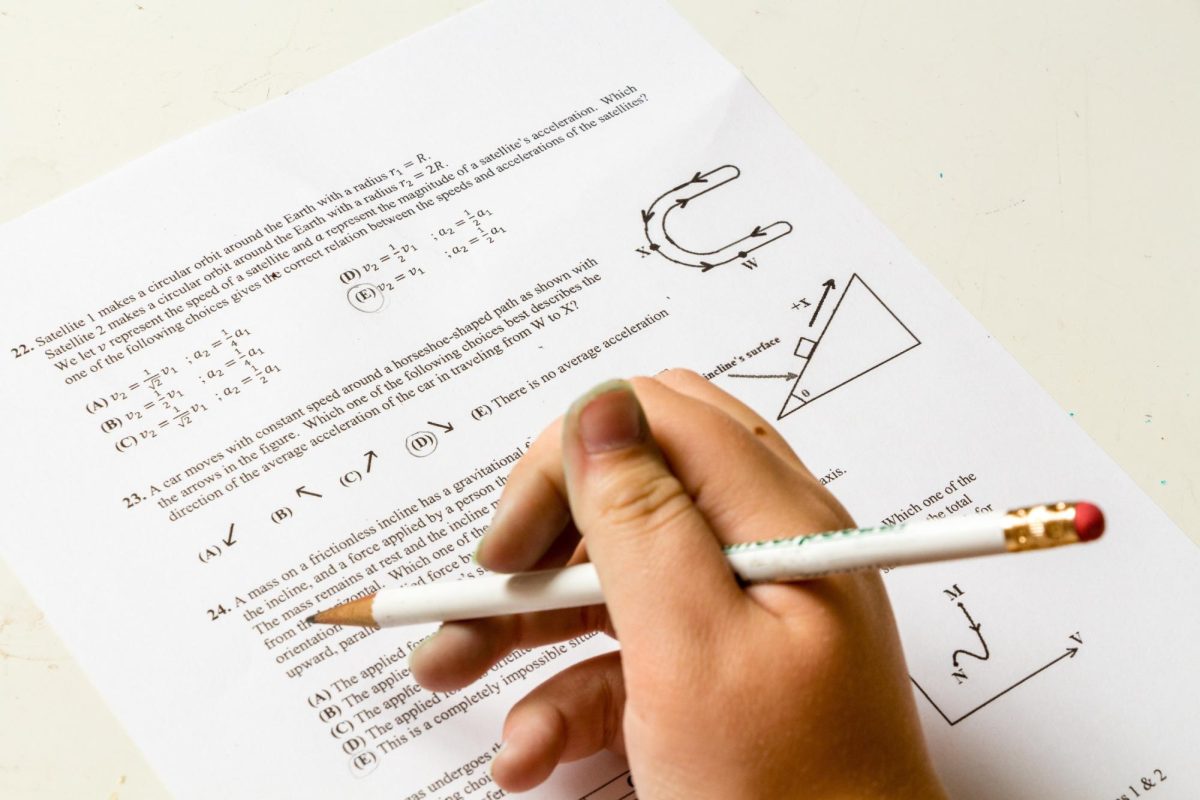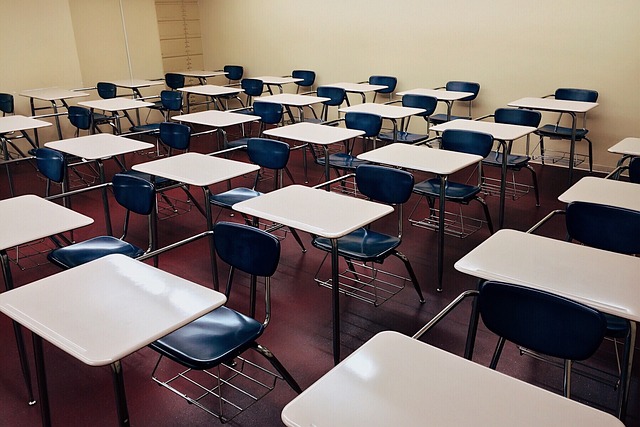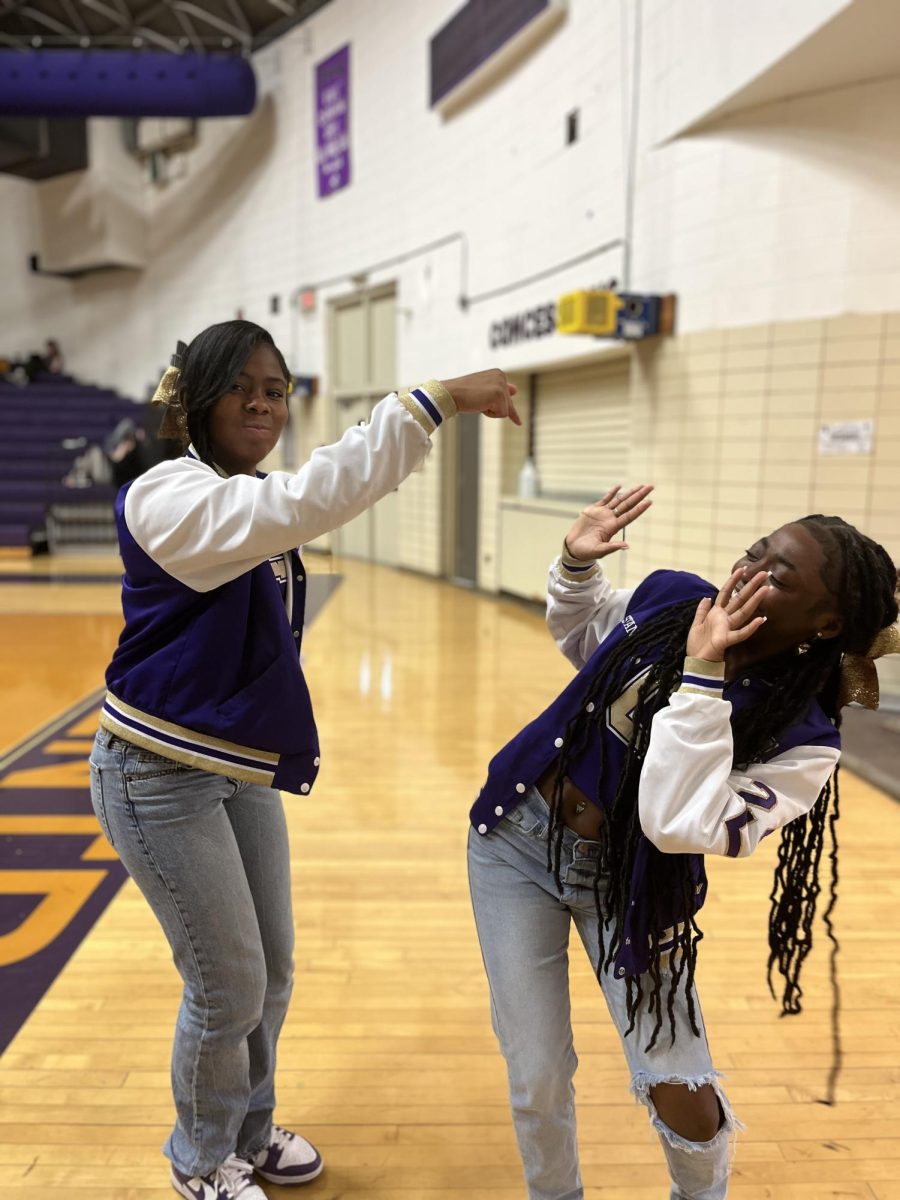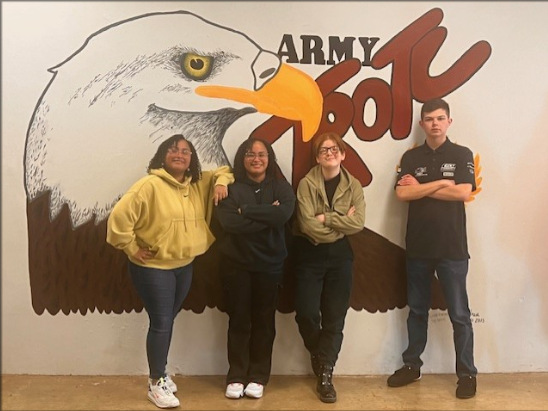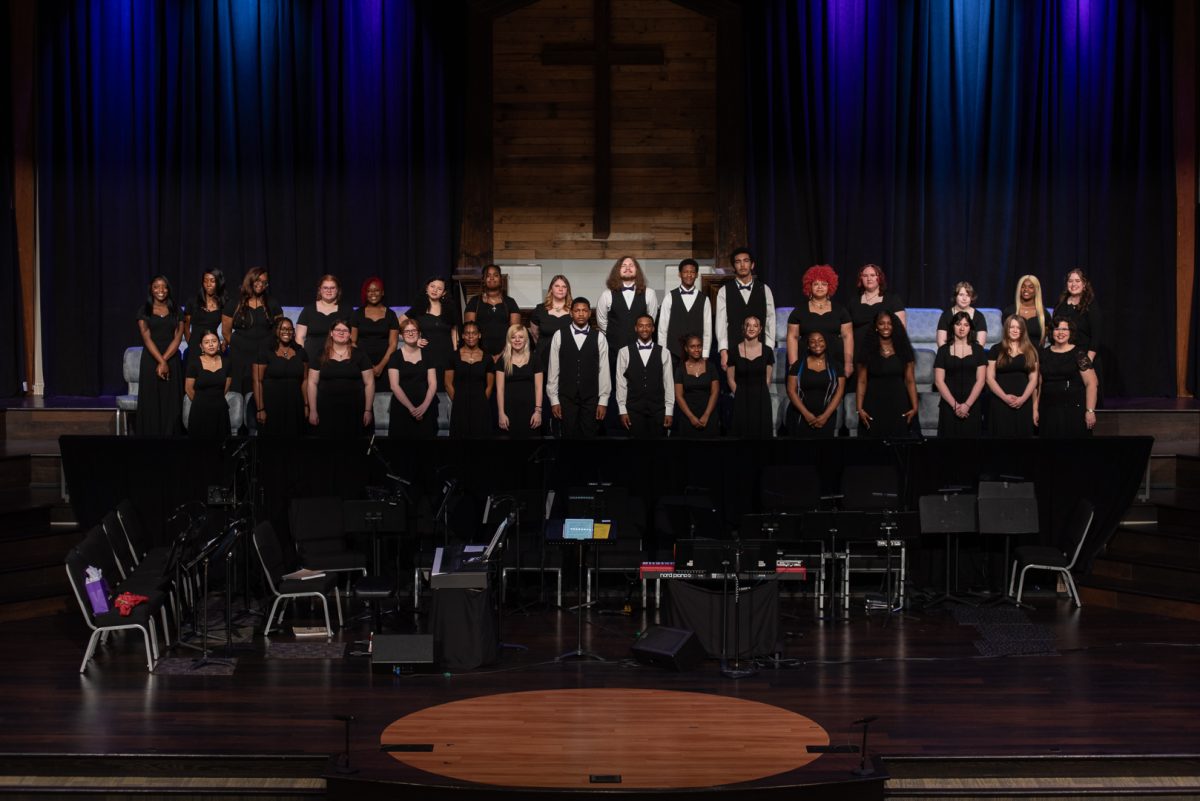At Central High School, the buzz of excitement reverberates through the halls as students don their VR headsets, immersing themselves in virtual worlds that bring their lessons to life. Spearheading this innovative approach to education is Mr. Johnson, the school’s technology coordinator, who believes that integrating VR technology into the curriculum enhances student engagement and comprehension.
“Virtual reality provides a dynamic and interactive platform for learning, allowing students to visualize complex concepts in ways that traditional methods cannot match,” explains Johnson. “It’s about creating memorable experiences that stimulate curiosity and critical thinking.”
Students, too, are enthusiastic about the transformative power of VR in the classroom. Sarah Smith, a junior at Central High, shares her excitement: “Using VR makes learning more fun and interactive. Instead of just reading about historical events, I can actually experience them firsthand, which helps me remember and understand better.”
In history classes, students embark on virtual field trips to ancient civilizations, walking through bustling marketplaces and witnessing pivotal moments in history unfold before their eyes. In science labs, they explore the human body at a cellular level, marveling at the intricacies of biological systems in 3D.
“Virtual reality allows us to transcend the limitations of traditional teaching methods,” says Ms. Taylor, a biology teacher at Central High. “Students are more engaged and motivated to learn when they can actively participate in the learning process.”
As Central High continues to embrace technological innovation, the integration of virtual reality into the curriculum exemplifies its commitment to providing students with cutting-edge educational experiences. With VR as a catalyst for exploration and discovery, the possibilities for learning are boundless.



